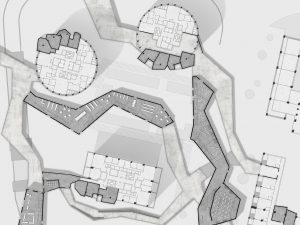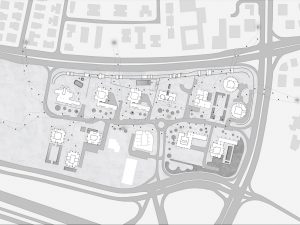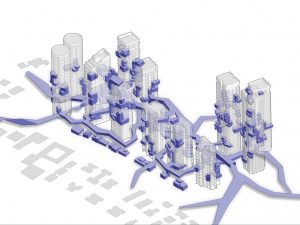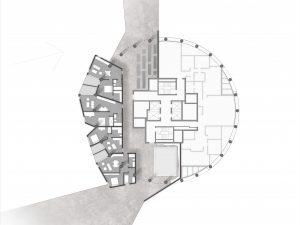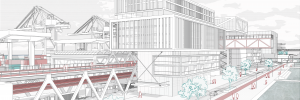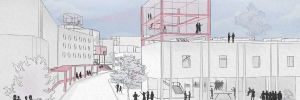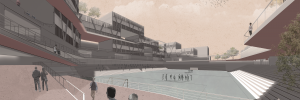Urban Decay
The aging process of everyday products we use has become a planned process, rather than being a natural and organic one as it used to be. Many different industries make bigger profits when we, consumers, throw away their products so that we can buy newer ones from them. As a result, we are witnessing the use of various manipulations aimed at aging our products faster than normal – either physical or mental aging. This project addresses the same manipulations as employed in the built environment.
The source of the word “prestige” is from French and its original meaning is “illusion, deception”. This project examines luxury residential towers as a symptom of that cultural notion – the never-ending desire to upgrade to a newer, shinier standard. The project’s main argument is that luxury towers age very quickly in people’s minds, in contrast to their significant presence in the urban area and to their physical aging. This rapid aging can result in their premature demolition, which in turn means vast cultural and environmental damage.
Luxury residential typologies are often distinguished from their environment, and luxury towers are no exception.
Park Tzameret in Tel Aviv set a precedent for a neighborhood containing only luxury towers in a central area in Israel. When exploring the built environment of this neighborhood the manipulations of prestige are clearly evident – these manipulations ultimately contribute to the acceleration of perceived obsolescence and maybe even to premature demolition.
To address to these problems, this project proposes an intervention in the existing neighborhood. The intervention is in the form of new parasitic layers, both public and private. These new layers blur the difference between the towers, facilitating public access to the area and “de-luxurizing” the space in order to save it from demolition.






